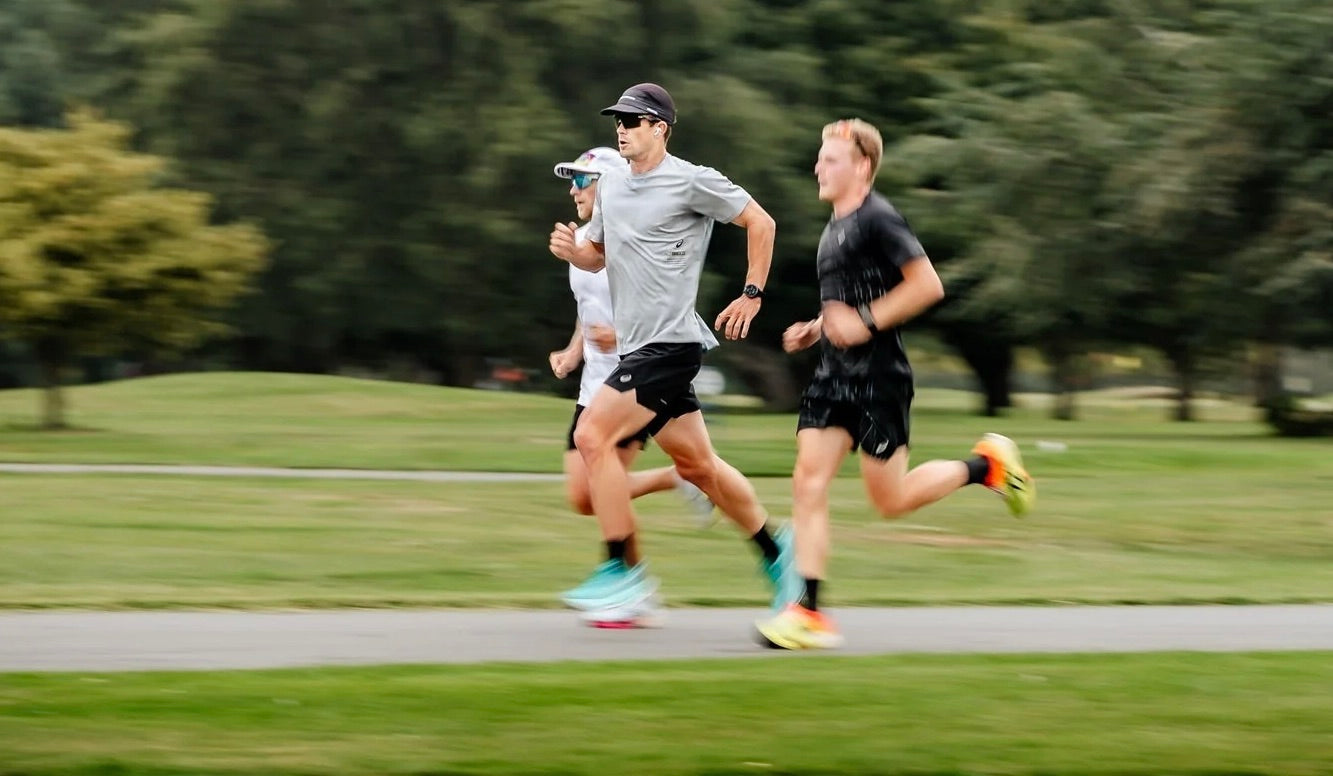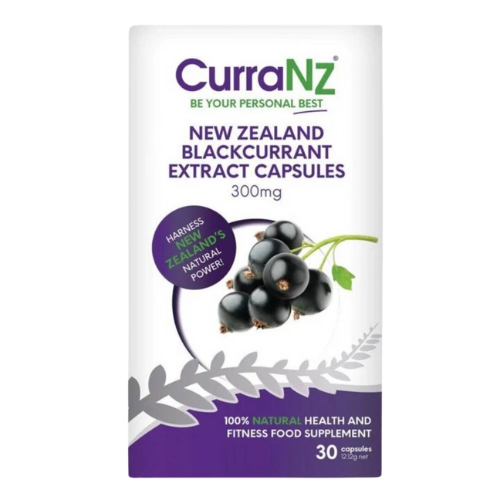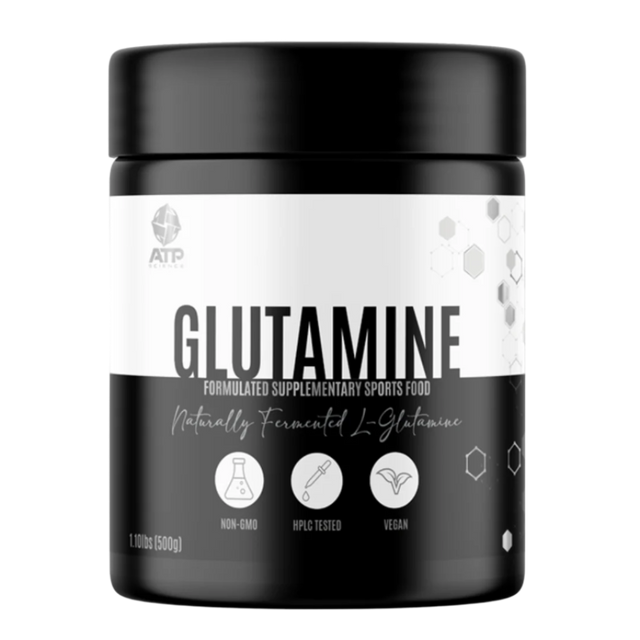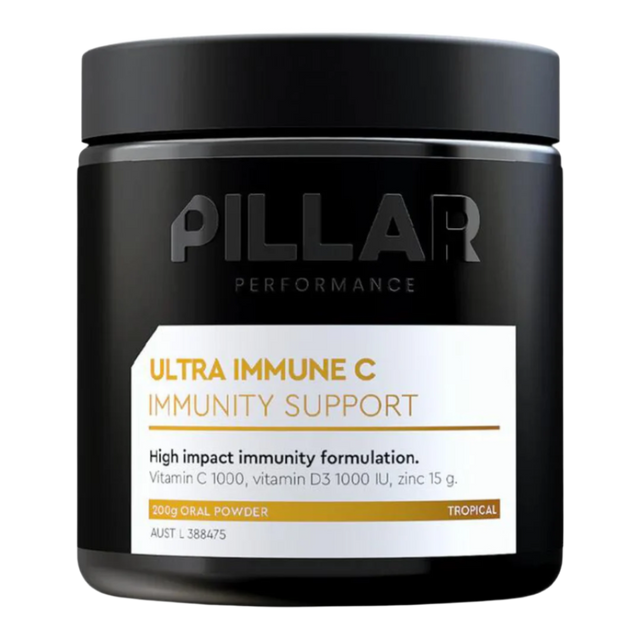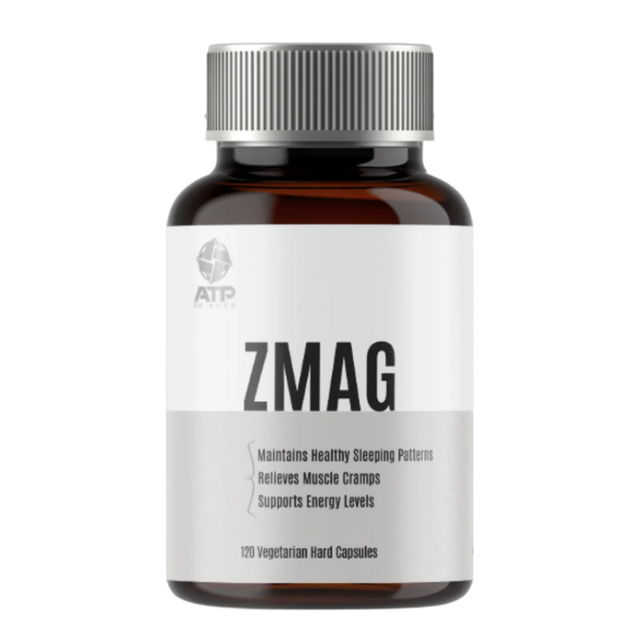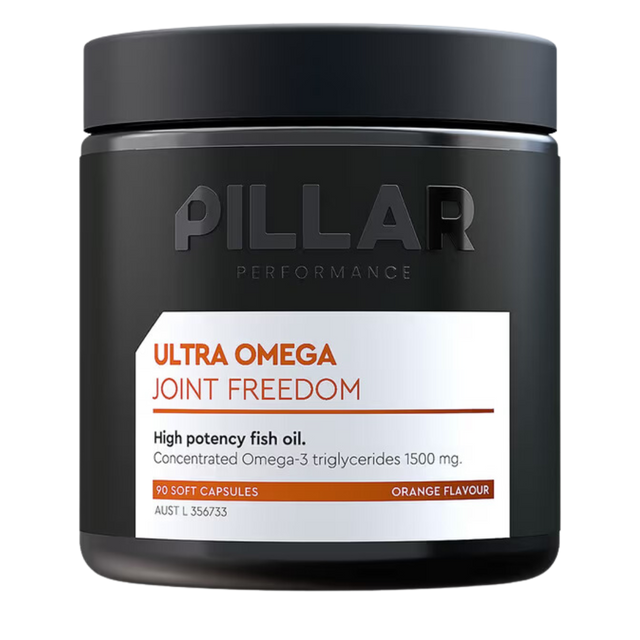Managing Oxidative Stress and Inflammation in Athletes
Let’s face it, life in 2025 can feel like one long race, right? Within the race, stress is unavoidable. Whether that's the intentional kind from a good workout or the not so fun kind from those annoying interest rates, stress is pretty much a non-negotiable in life these days. But here’s the good news: you don’t have to just "grind through the K’s’’. With some specific strategies, there are ways we can help reduce inflammation and overall stress in our bodies.
Eat Antioxidant Rich Foods
-
Eat colourful fruits and vegetables
-
These contain antioxidants to neutralize harmful free radicals that contribute to oxidative stress (1).
-
Berries in particular contain high levels of anthocyanins, which have been shown to reduce oxidative damage and inflammation (2).
Aim for → 30 different colourful plant foods a week.
Eat Omega-3 Fatty Acids
-
Omega-3 fatty acids have been shown to have an anti-inflammatory effect on the body while also supporting lipid profile and heart health (3,4).
-
This means faster muscle recovery from training and racing (4,5).
-
Main food sources, think ocean foods (Salmon, Mackerel, Sardines, Herring, Anchovies) and plant options (chia seeds and flaxseeds, walnuts, algae and seaweed)
Aim for → 2-3 servings of fatty fish per week or plant food equivalent.
Hydration
-
Dehydration can can elevate inflammatory markers (6)
-
The use of amino acids e.g. L-alanyl-L-glutamine has shown some evidence in reducing inflammatory markers post-exercise (7).
Aim for → Athletes go for 2.7-3.7 litres/day of fluid from food and water combined (8)
Carbohydrate Ingestion
-
Adequate carbohydrate consumption around exercise has been shown to reduce the body’s inflammatory response, which may support better recovery and immune function (9).
Aim for → Endurance athletes 7-10 g of carbs/kg/day (10)

Supplements Backed by Science for Stress
CurraNZ
CurraNZ contains anthocyanins, known for their powerful antioxidant, adaptogenic and anti-inflammatory properties. NZ blackcurrants have one of the highest densities of anthocyanins of any fruit in the world due to the NZ environment making it a fantastic ergogenic aid. Sports benefits below:
-
Improves performance by 2.4-11% average
-
Enhances fat oxidation and spares carbohydrates
-
Improves GI function and integrity
-
Enhances immune defence
-
3x faster recovery of muscle function
-
Reduces exercise-induced muscle damage
-
Increases clearance of lactic acid
-
Increases oxygen utilisation
-
CurraNZ has a 2-3 year shelf life
(11,12,13,14,15,16,17)
How to take →
Recovery - Take 1-2 tablets everyday before exercise
Performance - Take 1-2 tablets everyday before exercise
Fat Oxidation - Take 1 tablet everyday for 7 days before exercise
Cardiovascular function- Take 2 tablets for 4 days before exercise

-
Vitamin C is an antioxidant that helps reduce oxidative stress, a major driver of chronic inflammation (18)
How to take → one scoop per day with a meal that contains fat.
-
Zinc, magnesium and selenium all have the ability to reduce oxidative stress and manage inflammation (19).
How to take → 30 mins before bed away from a main meal.
PILLAR Performance Ultra Omega Joint Freedom
-
Omega-3 supplementation can reduce exercise-induced muscle damage, inflammatory response to exercise which may enhance recovery time (20).
How to take → 1x tablet with any of your main meals during the day.
Ash Miller
Dietitian and Nutritionist (Masters)
Bachelor of Physical and Health Education
Instagram: @ashthomo_nutrition
Disclaimer:
The content in this blog is for general information only and is not a substitute for professional medical advice, diagnosis, or treatment. Always speak with your doctor or allied health team before changing your diet, exercise, or taking supplements, especially if you have a health condition or take medication. Please use this information as a guide only. Aid Station doesn't take responsibility for individual outcomes.
References:
(1) Villa-Rodriguez JA, Palafox-Carlos H, Yahia EM, Ayala-Zavala JF, Gonzalez-Aguilar GA. Maintaining antioxidant potential of fresh fruits and vegetables after harvest. Crit Rev Food Sci Nutr. 2015;55(6):806-22. doi: 10.1080/10408398.2012.685631. PMID: 24915343.
(2) Mattioli R, Francioso A, Mosca L, Silva P. Anthocyanins: A Comprehensive Review of Their Chemical Properties and Health Effects on Cardiovascular and Neurodegenerative Diseases. Molecules. 2020 Aug 21;25(17):3809. doi: 10.3390/molecules25173809. PMID: 32825684; PMCID: PMC7504512.
(3) Cannataro R, Abrego-Guandique DM, Straface N, Cione E. Omega-3 and Sports: Focus on Inflammation. Life (Basel). 2024 Oct 16;14(10):1315. doi: 10.3390/life14101315. PMID: 39459615; PMCID: PMC11509128.
(4) Holtzman B, Ackerman KE. Recommendations and Nutritional Considerations for Female Athletes: Health and Performance. Sports Med. 51(Suppl 1), 43–57 (2021). https://doi.org/10.1007/s40279-021-01508-8
(5) Spriet LL. Performance Nutrition for Athletes. Sports Med. 49(Suppl 1), 1–2 (2019). https://doi.org/10.1007/s40279-018-1027-9
(6) Kerksick CM, Arent S, Schoenfeld BJ, et al. International society of sports nutrition position stand: nutrient timing. J Int Soc Sports Nutr. 14, 33 (2017). https://doi.org/10.1186/s12970-017-0189-4
(7) Nemati A, Alipanah-Moghadam R, Molazadeh L, Naghizadeh Baghi A. The Effect of Glutamine Supplementation on Oxidative Stress and Matrix Metalloproteinase 2 and 9 After Exhaustive Exercise. Drug Des Devel Ther. 2019 Dec 11;13:4215-4223. doi: 10.2147/DDDT.S218606. PMID: 31849453; PMCID: PMC6912001.
(8) Institute of Medicine (2005). Dietary Reference Intakes for Water, Potassium, Sodium, Chloride, and Sulfate. The National Academies Press. https://doi.org/10.17226/10925
(9) Robson-Ansley P, Barwood M, Eglin C, Ansley L. The effect of carbohydrate ingestion on the interleukin-6 response to a 90-minute run time trial. Int J Sports Physiol Perf. 2009;4:186-194.
(10) Burke LM, Cox GR, Culmmings NK, Desbrow B. Guidelines for daily carbohydrate intake: do athletes achieve them? Sports Med. 2001;31(4):267-99. doi: 10.2165/00007256-200131040-00003. PMID: 11310548.
(11) Willems MET, Myers SD, Blacker SD, Cook MD. CurraNZ blackcurrant improves cycling performance and recovery in trained endurance athletes. J Int Soc Sports Nutr. 2014 Dec 1;11(Suppl 1):P14. doi: 10.1186/1550-2783-11-S1-P14. PMCID: PMC4271582.
(12) Perkins IC, Vine SA, Blacker SD, Willems ME. New Zealand Blackcurrant Extract Improves High-Intensity Intermittent Running. Int J Sport Nutr Exerc Metab. 2015 Oct;25(5):487-93. doi: 10.1123/ijsnem.2015-0020. Epub 2015 Mar 26. PMID: 25812064.
(13) Strauss JA, Willems MET, Shepherd SO. New Zealand blackcurrant extract enhances fat oxidation during prolonged cycling in endurance-trained females. Eur J Appl Physiol. 2018 Jun;118(6):1265-1272. doi: 10.1007/s00421-018-3858-3. Epub 2018 Apr 4. PMID: 29619595; PMCID: PMC5966492.
(14) Strauss JA, Willems MET, Blacker SD. Acute effects of New Zealand blackcurrant extract on cycling time-trial are performance dependent in endurance-trained cyclists: A home-based study. Sports. 2023;11(2):93. https://www.researchgate.net/publication/368379241 [Accessed 5 Apr. 2025].
(15) New Zealand Blackcurrant [CurraNZ] Improves Performance and Fat Oxidation in Cyclists. Eur J Appl Physiol. 2015. doi: 10.1007/s00421-015-3215-8
(16) Beneficial Effects of New Zealand Blackcurrant Extract [CurraNZ] on Maximal Sprint Speed during the Loughborough Intermittent Shuttle Test. Sports. 2016. doi:10.3390/sports4030042
(17) Effect of New Zealand Blackcurrant Extract [CurraNZ] on Performance during the Running Based Anaerobic Sprint Test in Trained Youth and Recreationally Active Male Football Players. Sports. 2017. https://doi.org/10.3390/sports5030069
(18) Office of Dietary Supplements. (2024, March 8). Vitamin C - Health Professional Fact Sheet. National Institutes of Health. https://ods.od.nih.gov/factsheets/VitaminC-HealthProfessional/
(19) Dresen E, Pimiento JM, Patel JJ, Heyland DK, Rice TW, Stoppe C. Overview of oxidative stress and the role of micronutrients in critical illness. JPEN J Parenter Enteral Nutr. 2023 Feb;47 Suppl 1:S38-S49. doi: 10.1002/jpen.2421. Epub 2022 Dec 5. PMID: 36468328.
(20) Phillips T, Childs AC, Dreon DM, Phinney S, Leeuwenburgh C. A dietary supplement attenuates IL-6 and CRP after eccentric exercise in untrained males. Med Sci Sports Exerc. 2003;35:2032-2037. doi: 10.1249/01.MSS.0000099112.32342.10.
